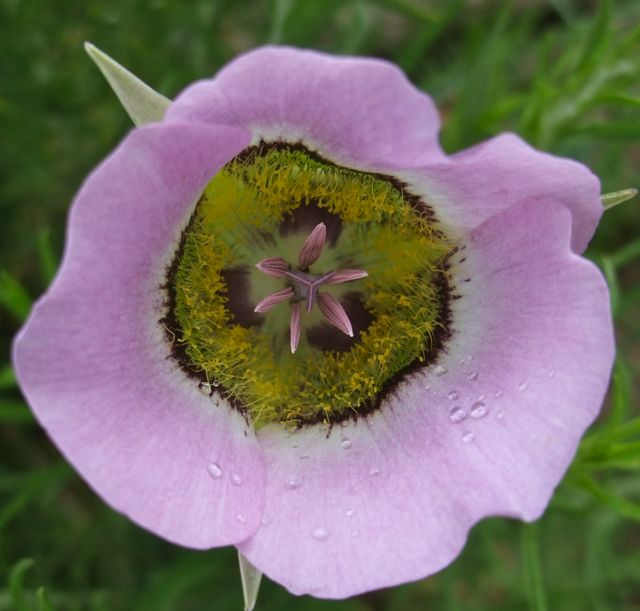 With the ski season winding down, mountain lovers in Colorado are already looking forward to the wildflower season. But if you want to catch the high country in full bloom, you many want to check your calendar.
With the ski season winding down, mountain lovers in Colorado are already looking forward to the wildflower season. But if you want to catch the high country in full bloom, you many want to check your calendar.
The wildflower season is shifting fast in response to climate change — about half the flowers start to bloom weeks earlier; more than a third are reaching their peak bloom earlier, and others are producing their last blooms later in the year.
The bloom season, which used to run from late May to early September, now lasts from late April to late September, according to University of Maryland Biology Professor David Inouye, who has been studying wildflowers at an outdoor lab near Crested Butte since the 1970s.
Inouye analyzed records from more than two million blooms, finding that flowering plants’ response to climate change is more complex than previously believed, with different species responding in unexpected ways.
Phenology, the study of the timing of seasonal events, is crucial to understanding how climate change is affecting plants, animals and the relationships that bind them into natural communities. To answer these questions, phenologists are collecting modern data and poring through old records like amateur naturalists’ notebooks.
Inouye was not thinking of the effects of a warming climate in 1974, when he began counting flowers on a mountainside 9,500 feet above sea level at the Rocky Mountain Biological Laboratory.
“I was a graduate student studying hummingbirds and bumble bees, and I wanted to know what flower nectar resources are available for them, so I started counting flowers,” Inouye said.
Bloom times are changing fast, the researchers found. The date the first spring flower appears has advanced more than 6 days per decade over the course of the study. The spring peak, when masses of wildflowers burst into bloom, has moved up 5 days per decade. And the last flower of fall occurred about 3 days later every decade.
“The flowering season is about one month longer than it used to be” Iler said, “which is a big change for a mountain ecosystem with a short growing season.”
The changes are likely to have a strong impact on pollinating insects and migratory birds. For example, Inouye said, hummingbirds that summer in the Rocky Mountains time their nesting so that their eggs hatch at peak bloom, when there is plenty of flower nectar for hungry chicks. But as the bloom season lengthens, the plants are not producing more flowers. The same number of blooms is spread out over more days, so at peak bloom there may be fewer flowers.
Will there be enough food for the hummingbirds’ young? To find out, Inouye plans to fit adult hummingbirds with radio transmitters and study how they interact with this summer’s blooms.
Filed in Colorado News | Environment |